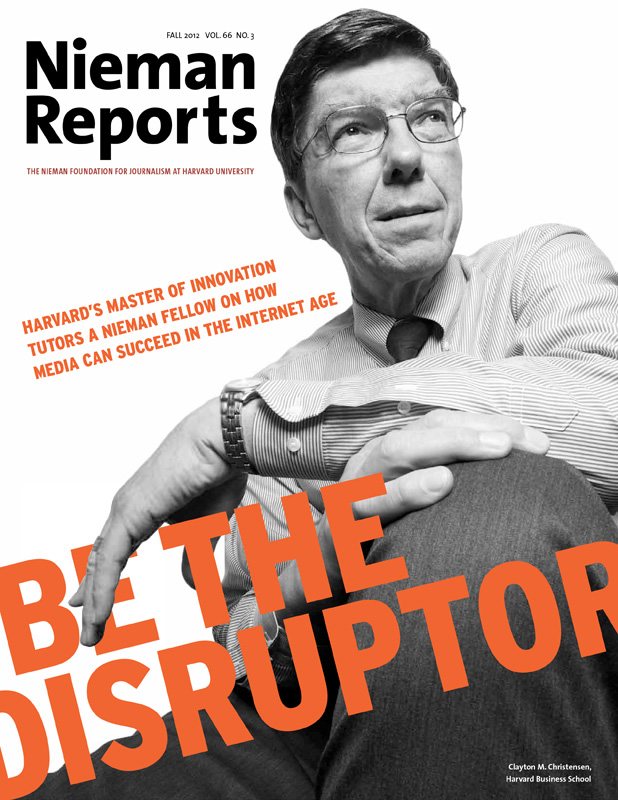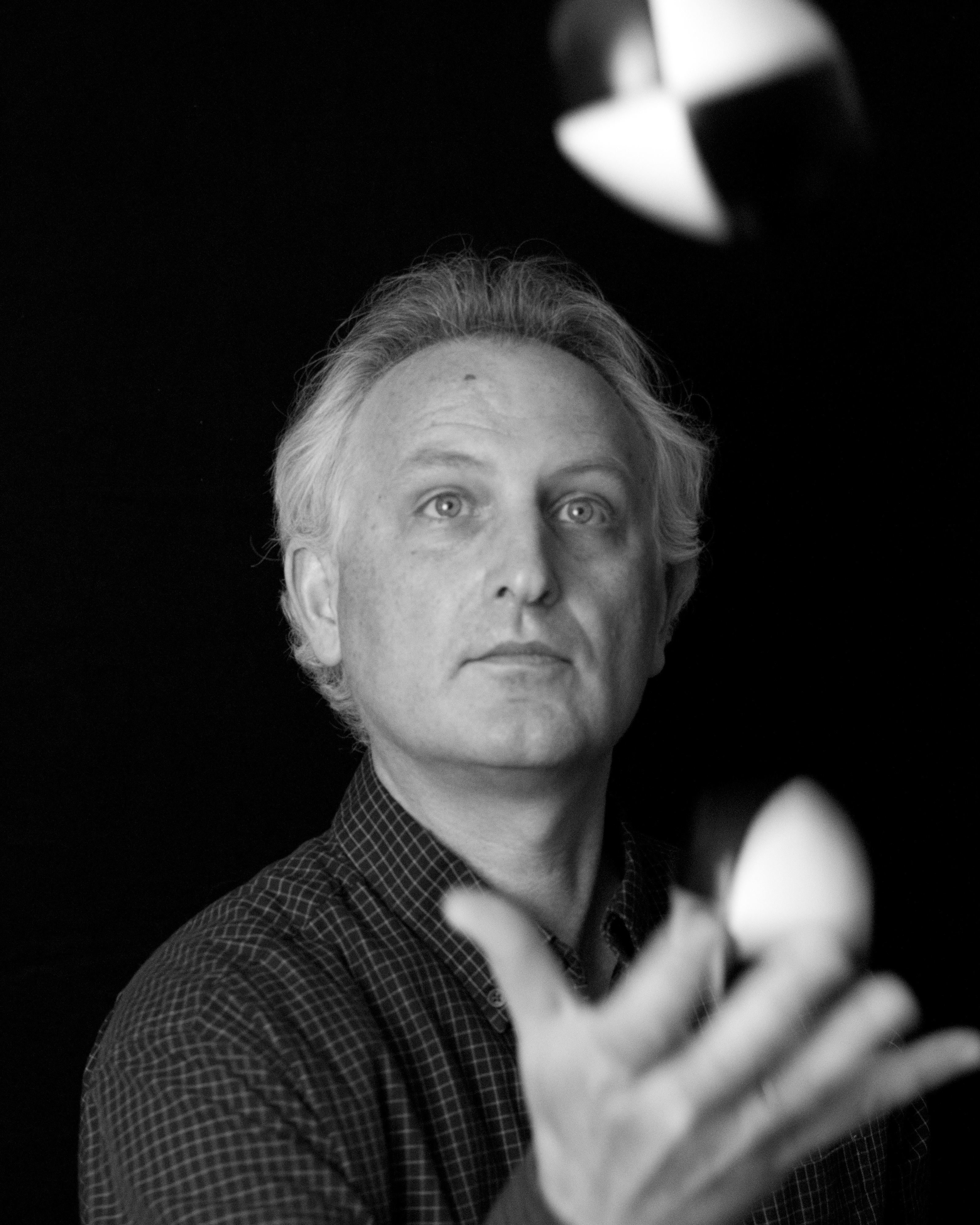Reading "The Art of Making Magazines" is like watching "Titanic": However compelling the love story, you already know the ship is going down and only a few will survive. Most of the Columbia University Graduate School of Journalism lectures collected here were delivered well before the Internet/recession iceberg punched a gaping hole in magazine business models. The passion of lecturers like Felix Dennis, Tina Brown, and the late Michael Kelly for their craft is vivid and convincing. But it feels a lot different to be reading about it while clinging to the wreckage.
"The time to change is not when you’re doing badly, but when you’re doing well, as it’s a moment to take risks." That’s a lesson Elle editor in chief Roberta Myers learned from one of her former CEOs. Unfortunately, it’s a lesson most of the magazine industry learned too late. The time to change has arrived and—notable exceptions like The Atlantic, The Economist, and The Week notwithstanding—we’re doing pretty badly. Which makes this book oddly relevant because, though it barely glances at the current challenges to magazine making, it celebrates much of what should not change: fact checking (Peter Canby of The New Yorker), copyediting (The Atlantic’s Barbara Wallraff) and the art of editing itself (Ruth Reichl, former editor in chief of Gourmet).
Reichl, who held that post from 1999 until the magazine closed in 2009, put it well when she described her task on first taking over the iconic food title: "What I am supposed to do is change this magazine so that the renewals go back up again. And change it so that the advertisers like the magazine and feel that it’s had a new infusion of life and interest, but not change it so much that the 750,000 existing subscribers notice that it’s changed. I didn’t know it then, but there is nothing more difficult in the entire world than to do this little sleight-of-hand thing, which is to change it but not change it." Sounds like the job description of every magazine editor working today.
And yet there are reasons to be cheerful about the future of magazines. In fact, there are reasons to believe the magazine is the format best fitted for the 21st century.
 |
| Ruth Reichl, editor in chief of Gourmet for 10 years, described what she was asked to do with the magazine as "change it but not change it." Photo by Richard Drew/The Associated Press. |
My favorite kind of article is what we at Time used to call a "conceptual scoop." A conceptual scoop is not a breaking news story but a breaking ideas story. It involves surveying a wide terrain of information and finding an important but previously unobserved pattern in it. Take, say, the latest financial headlines, combine them with some recent behavioral economics studies, add in some insights from cognitive science, and, suddenly, you’ve got a conceptual scoop, a fresh way of looking at the causes of the recession.
Though he didn’t use the term, former Atlantic editor Michael Kelly was talking about something akin to conceptual scoops when he said: "Reality has two salient qualities. The first is that it’s real. The second is that it’s a mess … Journalism has two related salient qualities. It’s not real—it is artificial, like all storytelling. And it’s orderly. It is designed, in fact, to take the daily wreck, the chaos and the mess out there, and impose upon it a false order. … all magazines exist to shape the chaotic world in an artificial, organized way."
What is more in need of shaping than the shapeless world we live in today? And what better way to shape it than through the periodic presentation of conceptual scoops that is a magazine?
"You are buying an organizing principle" when you buy a magazine, Kelly said. (Kelly was also speaking of newspapers in his talk, but I am focusing on magazines.) Indeed, the magazines currently doing best—in terms of having a lively digital presence and/or enviable circulation—also have the clearest, most well-defined organizing principles: The Economist with its free market evangelism, The Atlantic with its liberal thought leadership, The Week with its bite-sized digest of world news, a format pioneered by Time.
What is a magazine, anyway? It’s not, or at least not anymore, a printed product that arrives once a week or once a month with a thud at your door. A magazine is, always has been, and always will be what the word originally means—from the Arabic mahzan—a "storehouse." A magazine is a storehouse of organized insights, insights that have been carefully culled and curated from the shapeless sea of information in which we swim. One of the ironies of journalism today is that as formats are becoming shorter, narrower and less complex, the issues journalists need to address are becoming longer, broader and more complex. In journalism, we need the long form to form the long view.
Magazines are evolving and innovating to provide exactly that. What are sites like TED and PopTech but magazines? They are magazines organized around the spoken rather than the written word, but they are magazines nonetheless. TED has also started releasing nonfiction e-books, pieces published every two weeks that are about the length of—you guessed it—a long magazine article. Enterprises like The Atavist and Byliner are periodicals, too, publishing long-form journalism on the installment plan, just like 19th-century newspapers and magazines. Radio programs like "The Moth Radio Hour" and "Radiolab" are also magazines, constructing, as Kelly put it, "a world within the larger world." Even arch print-slayer The Huffington Post has launched a magazine, and one of the most old-fashioned kinds to boot: a weekly digital newsmagazine called Huffington. Magazines are popping up all over—including Pop-Up Magazine, a live periodic presentation of stories, documentary films, interviews and photography.
Technology now enables magazines to embrace all these forms at once—thespoken and the written word, the still and the moving image, the "lean forward" live experience and the "lean back" thoughtful read. Demand for the long form is out there; we need to figure out how to nurture and pay for it, because the consistent presentation of conceptual scoops takes time and isn’t cheap. The Titanic may have gone down for good, but there are plenty of smaller, nimbler ships already zipping up and down the coast.
The word "magazine" entered English in the 16th century to describe a place to store ammunition. Even today, magazines still give you the biggest bang for your buck.
James Geary, a 2012 Nieman Fellow, is the former editor of the European edition of Time and the author of "I Is an Other: The Secret Life of Metaphor and How It Shapes the Way We See the World."




